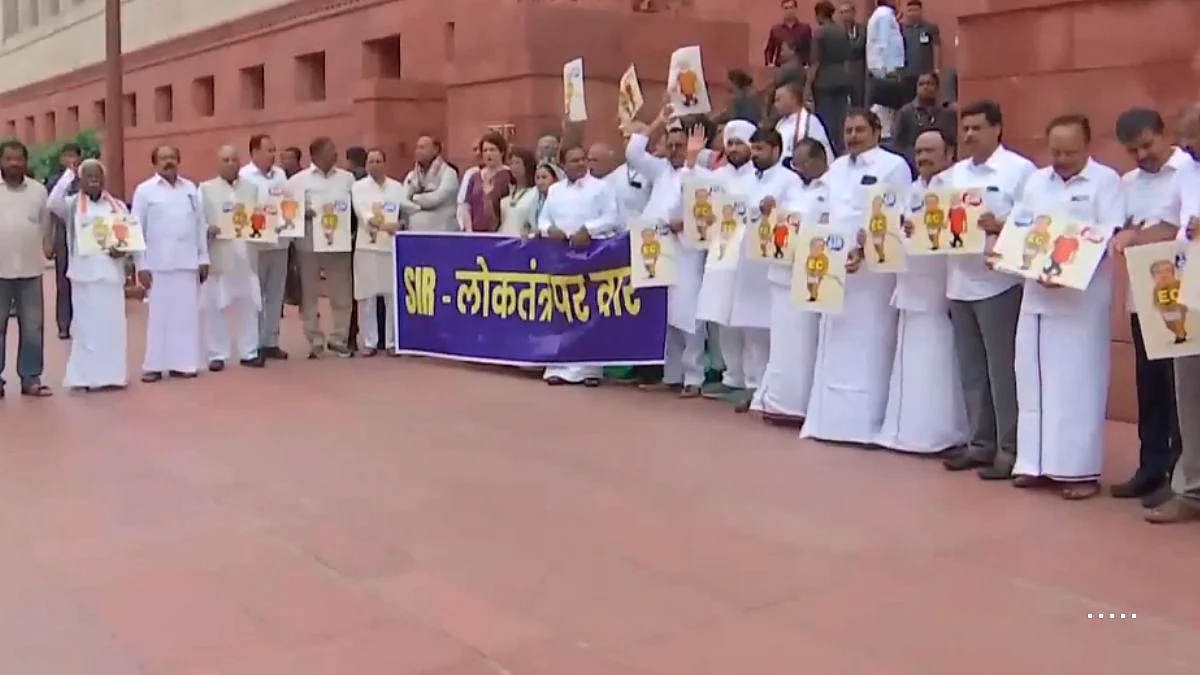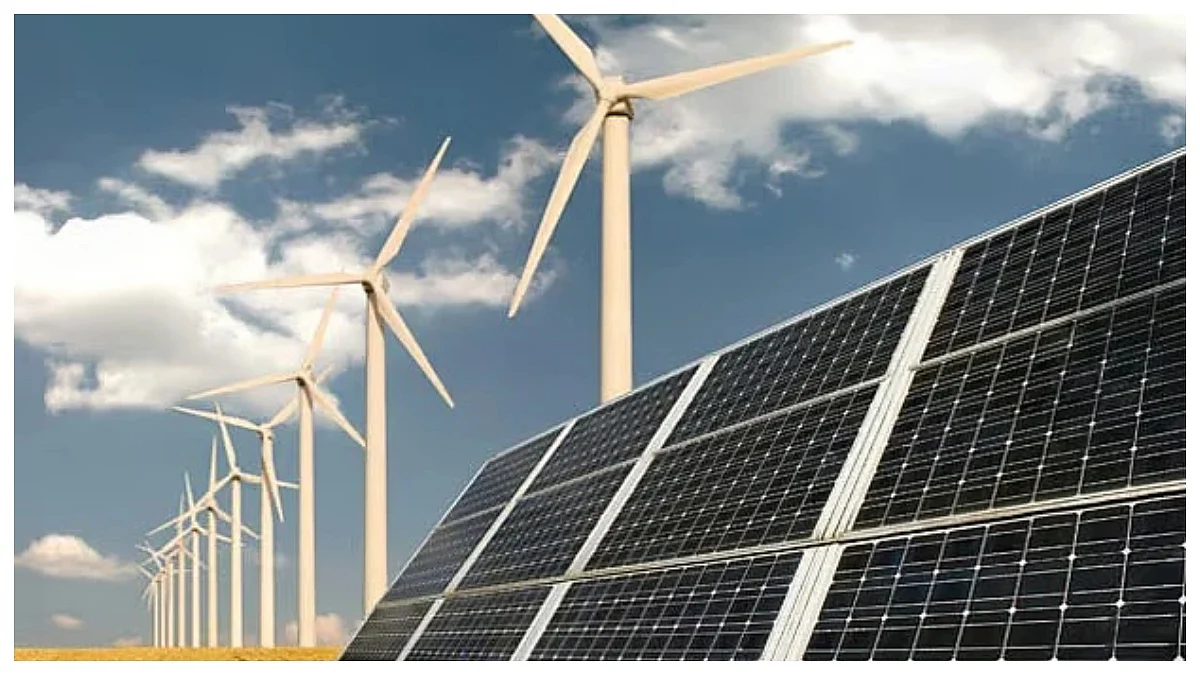In an interview on the Simple Hai! show, hosted by Vivek Law, Madhavi Arora, Chief Economist at Emkay Global Financial Services, provided a comprehensive analysis of India’s economic landscape, delving into market volatility, the nuances of sector rotation, challenges in private sector investment and job creation, and the future of inflation. Arora, an accomplished economist with extensive experience in capital markets across major financial institutions like Edelweiss Securities, Kotak Mahindra Bank, Quant Capital and JP Morgan, offered a top-down macroeconomic perspective that aimed to enhance understanding for both seasoned investors and the common citizen.
Embracing Volatility and Geopolitical Realities
Arora commenced the discussion by highlighting that volatility was going to stay in the markets. She explained that while initial policy announcements, such as tariffs, created significant market impact, their incremental effect tended to diminish over time as markets began to take them for granted. From an economist's perspective, Arora asserted that the ongoing dynamic, particularly concerning US policy stances like those under Donald Trump, was primarily a geopolitical story rather than a purely economic one. She observed that the US did not want China to become a big superpower, viewing the power shift of the last one or two decades as a core geopolitical play rather than an economic one. This, she added, was a second or third-order problem for America. Despite this, she acknowledged that volatility would continue to impact markets, leading to increased scrutiny of sector and country exposure. Arora believed that this trade dynamic was a long-term game, likely stretching two or three more years, and needed to be understood as a geopolitical play driven by a power shift where the US did not want to lose its hegemony.
Navigating Sector Rotation and Consumption Trends
Investment teams frequently seek Arora’s guidance on sector rotation, which she described as a key concern. Post-COVID, India’s growth story unfolded in two distinct phases: an initial massive increase in global demand and an export boom, from which India, despite not being a major global exporter of goods, still benefited. This was followed by a significant rotation towards investment, with the Government of India substantially increasing capital expenditure (capex).
More recently, the focus had shifted to the consumption story, though it remained "patchy". Arora noted that in the early post-COVID period, there was a surge in premium consumption, driven by access savings and a K-shaped recovery globally, leading people to favour premium sectors over staples. Subsequently, an increase in middle-income consumption occurred, largely due to salary increases in the IT and BFSI sectors. However, in the last year and a half, urban consumption had stagnated, and the rural economy had been struggling even before COVID-19. This made navigating consumption stories in equity markets complex, requiring consideration of stable versus premium consumption and trends in the upper-middle and rural segments.
Inflation: A Healthy 4% as the New Normal
Addressing the crucial issue of inflation, Arora stated that for a growing economy like India, a 4-6% inflation rate was a very healthy number. She commended the Reserve Bank of India (RBI) and the Government of India for their "incredible job" in managing inflation over the last decade, particularly food inflation, despite weather-related volatilities. She noted the government’s effective control over hoarding of non-perishable goods, which had shown positive results for consumers.

Arora explained that inflation was a function of both demand and supply. While supply-side issues, such as weather impacts on food prices, caused temporary spikes, core inflation (excluding food and intoxicants), which reflected underlying demand, had actually been running quite low for some time. This, she attributed to policymakers tightening their balance sheets, leading to some demand contraction. Looking ahead, Arora firmly stated that for India's evolution over the next five to ten years, 4% was going to be the "new normal" for average inflation, considering it a healthy and manageable figure. She added that as India's economy matured and production became more efficient, inflation could potentially decrease further.
Beyond GDP: Indicators for the Informed Citizen
Responding to the "obsession" with quarterly GDP numbers, which she described as lagged indicators, Arora explained that GDP already incorporated various high-frequency data points. She cautioned against relying on single data points, as India's complex economy often presented mixed pictures, citing examples like sluggish passenger vehicle sales juxtaposed with healthy GST collections.
For a long-term view, Arora advised smoothing out data by looking at three or six-month averages to identify trends rather than daily noise or seasonal fluctuations. She highlighted several key indicators she closely monitored:
- Rural sector wages and the commentary from large companies with significant rural exposure (e.g., HUL) over several quarters.
- Overall employment generation.
- Fiscal and monetary policy indicators, including the government’s monthly fiscal accounts (expenditure, revenue, capex, revenue expenditure) and the RBI’s monthly balance sheet. These, she explained, were crucial for understanding net spending in the economy, which had a multiplier effect on consumption and investment.
Arora concluded that while high-frequency indicators would always present a noisy picture, understanding policy-making and its impact on real sector data was paramount for making informed investment decisions or comprehending the economic cycle. She stressed that trying to gauge the economy from isolated data points would prevent one from ever forming a cohesive investment thesis.
The interview concluded with Vivek Law acknowledging the significant contributions of women economists in India, including Madhavi Arora, and expressing hope for their continued sharing of knowledge.












